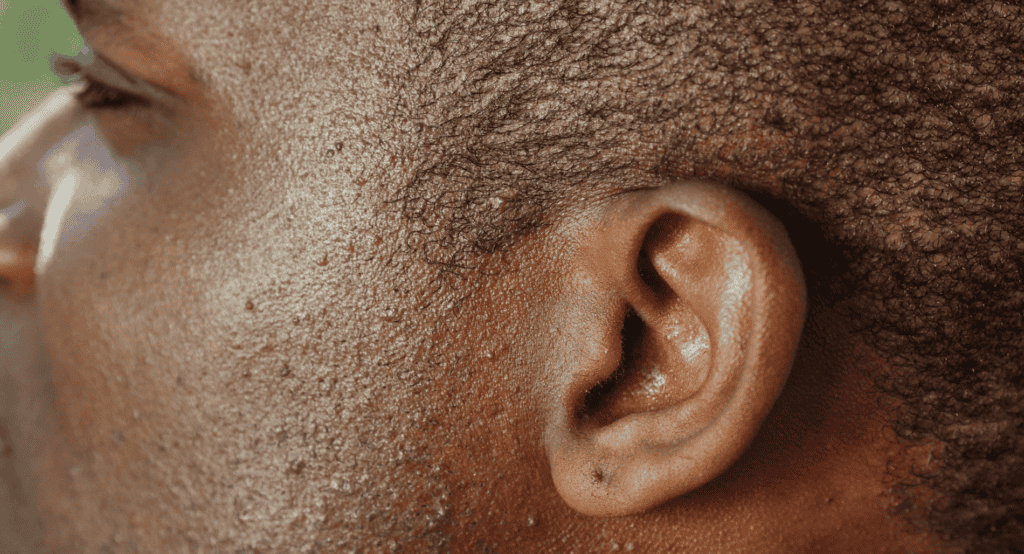Hearing loss can significantly impact a person’s quality of life, but the advancements in hearing aid technology have made it easier for individuals to address their hearing difficulties. Invisible hearing aids, also known as invisible-in-canal (IIC) or completely-in-canal (CIC) hearing aids, have emerged as a popular choice for those seeking a virtually invisible solution to their hearing needs.
What are Invisible Hearing Aids?
Invisible hearing aids are specifically designed to sit inside the ear canal, making them virtually invisible to others. They are custom-fit to the individual’s ear canal, providing a comfortable and discreet hearing solution. Due to their placement, invisible hearing aids offer a high level of discretion and aesthetics, making them an appealing option for individuals who are conscious of the visibility of traditional hearing aids.
Benefits of Invisible Hearing Aids
Some of the benefits of invisible hearing aids include:
Discreetness
One of the main benefits of invisible hearing aids is their discreet design. By sitting deep in the ear canal, they are practically invisible to others, allowing wearers to feel more confident and comfortable in social and professional settings.
Natural Sound Quality
Invisible hearing aids are designed to capture sound directly from the ear canal, providing a more natural sound experience. By using the ear’s natural structure, these hearing aids can offer excellent sound quality and localization of sound, enhancing the wearer’s overall hearing experience.
Comfort
Being custom-fit to the wearer’s ear canal, invisible hearing aids are typically comfortable to wear for extended periods. Their discreet and compact design minimizes the sensation of having an object in the ear, making them suitable for individuals with active lifestyles.
Cosmetic Appeal
For individuals who prioritize the cosmetic aspect of hearing aids, invisible options offer a subtle and nearly undetectable appearance, helping to alleviate any self-consciousness about wearing hearing devices.
Technology and Design
Here are some of the features available in invisible hearing aids:
Customization
Invisible hearing aids are custom-made to fit the unique contours of each individual’s ear canal. Hearing health specialists use specialized equipment to create a precise mold of the ear canal, ensuring a snug and secure fit for optimal performance.
Sound Processing
Advanced digital signal processing technology is incorporated into invisible hearing aids to enhance speech understanding, reduce background noise, and provide a personalized listening experience. This technology allows wearers to hear more clearly in various environments, from quiet conversations to noisy social gatherings.
Wireless Connectivity
Many modern invisible hearing aids are equipped with wireless connectivity features, allowing wearers to stream audio directly from their smartphones, televisions, and other compatible devices. This connectivity enhances the overall hearing experience and improves accessibility to communication and entertainment.
Remote Control and Adjustments
Some invisible hearing aids come with remote control functionality, enabling wearers to adjust settings, volume, and program preferences discreetly and conveniently via a smartphone app or a dedicated remote control device.
Considerations for Invisible Hearing Aids
Are you wondering if invisible hearing aids are right for you? Here are some things to consider:
- Degree of Hearing Loss: Invisible hearing aids are best suited for individuals with mild to moderate hearing loss. Those with more severe hearing impairment may require more powerful, behind-the-ear (BTE) or in-the-ear (ITE) style hearing aids to accommodate their hearing needs.
- Ear Canal Size and Shape: The suitability of invisible hearing aids depends on the size and shape of the wearer’s ear canal. A thorough evaluation by a hearing health professional is the first step in determining whether your ear anatomy is compatible with the fitting requirements of invisible hearing aids.
- Lifestyle and Dexterity: Personal lifestyle and manual dexterity should be taken into account when considering invisible hearing aids. Individuals who are active, frequently engage in physical activities, or have difficulty handling small devices may find invisible aids less practical than other styles.
- Maintenance and Care: Due to their small size and deep placement in the ear canal, invisible hearing aids require regular maintenance and careful cleaning to ensure optimal performance and hygiene. Wearers should be diligent in following the recommended care instructions.
Visit Us For a Hearing Test
Invisible hearing aids have revolutionized the way we think about hearing aids. They offer a discreet solution packed with advanced programs and features. Their custom-fit design, enhanced technology, and cosmetic appeal make them an attractive choice for many individuals seeking to improve their hearing without drawing attention to their devices.
Visit us today to find out if invisible hearing aids are right for you.





